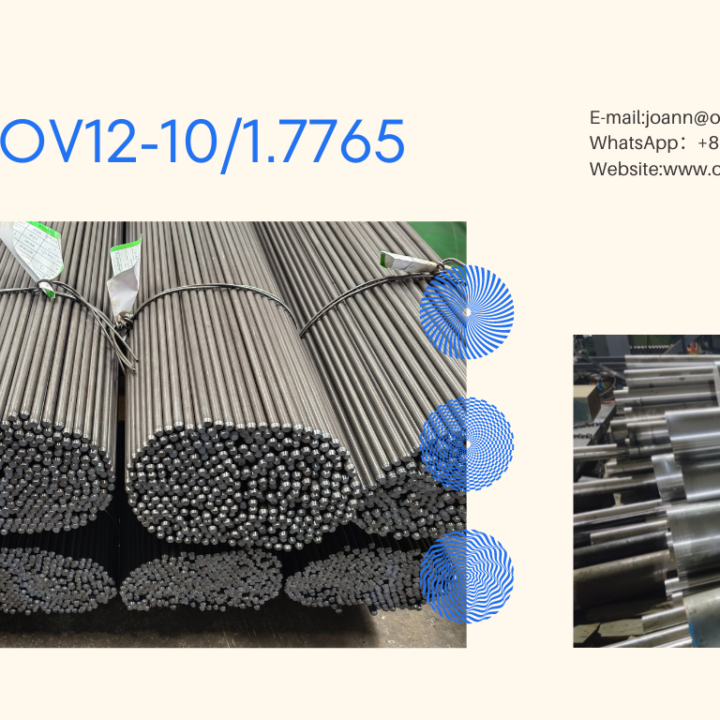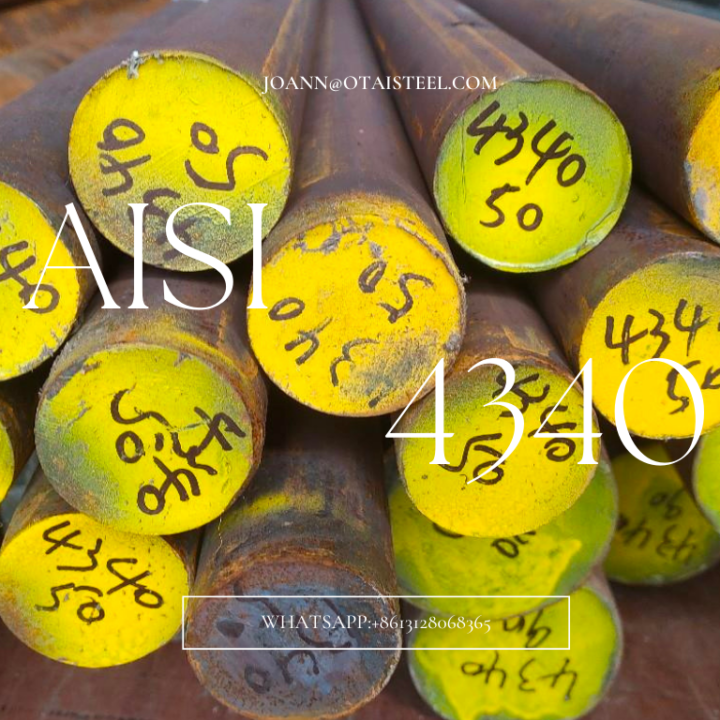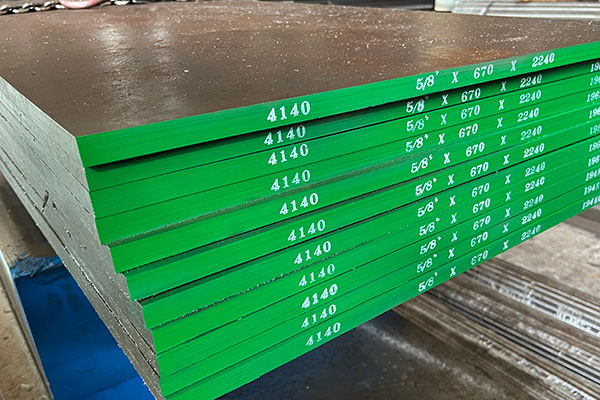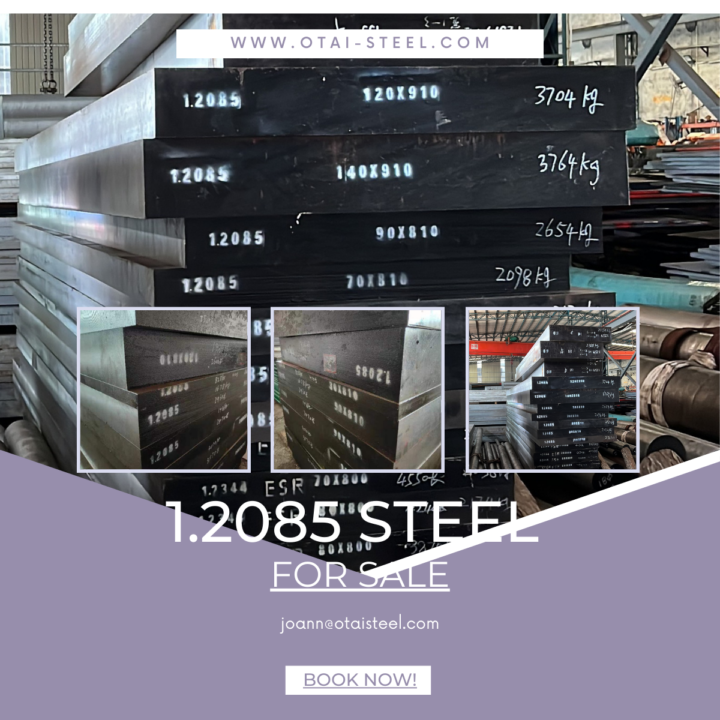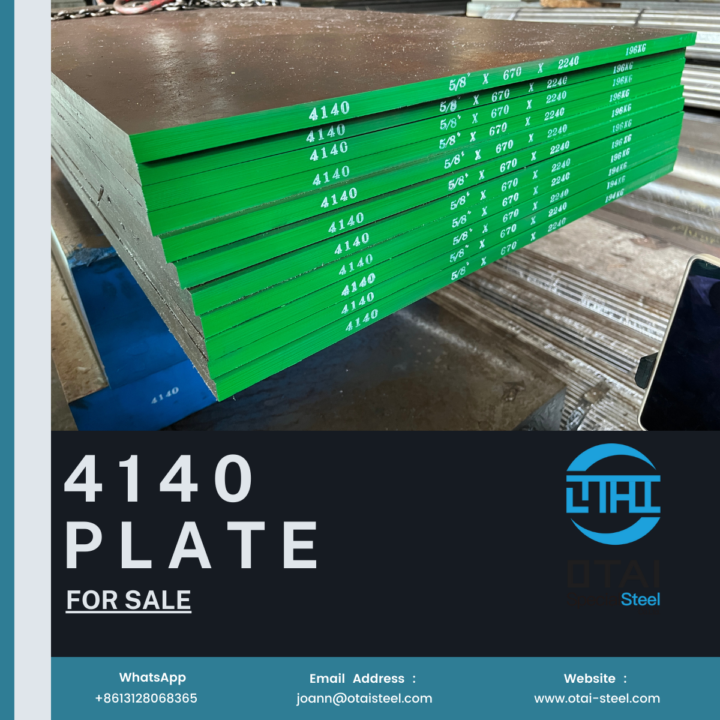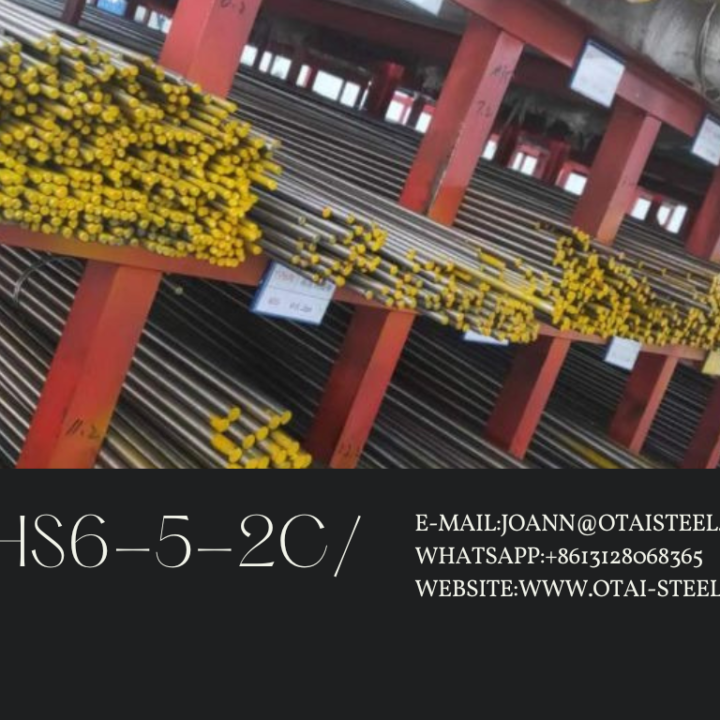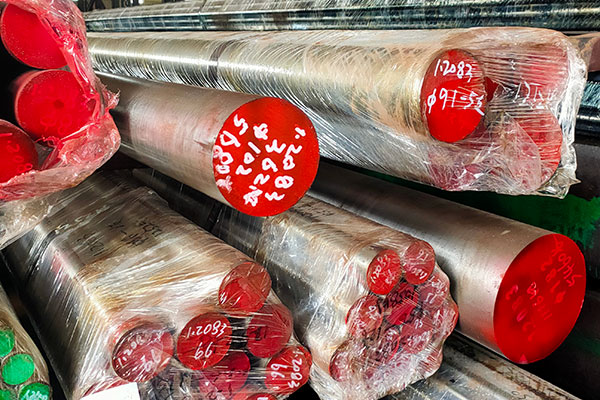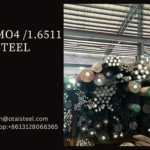Two prominent categories of tool steels are hot work tool steel and cold work tool steel. Hot work steel and cold work steel and are two commonly used die steel materials. There are some differences between them in terms of material, processing technology and performance.Through a comparison of their applications, chemical compositions, and properties, we aim to provide a comprehensive understanding of their distinct characteristics.
Cold Work Tool Steel
Introduction:
Some engineer also call cold work tool steel as cold work mold steel. The typical steel grade like 1.2379,1.2080,1.2550 , DC53,1.2436 etc.Cold work tool steel is used in the processes that work under cold conditions, away from the heat.

Cold work die steel is mainly used to manufacture molds for pressing and forming workpieces in a cold state. Such as cold blanking dies, cold stamping dies, cold drawing dies, imprinting dies, cold extrusion dies, thread pressing dies and powder pressing dies, etc. And some cutting tools also request to use cold work steel.
When the cold work mold is working, due to the relatively low deformation resistance of the material to be processed, the working part of the mold is subject to great pressure, bending force, impact force and friction. Therefore, the mold needs to have high hardness, wear resistance and high wear resistance. Bending strength and sufficient toughness to ensure the smooth progress of the stamping process.
Chemical composition
Cold work tool steel usually has a high carbon content (1.45% 2.30%) that makes it wear resistant and power scalable. On the other hand, high work tool steel has carbon content within the medium range (0.3% 0.6%) that matches its requirements for hardness, thermal conductivity, and wear-resistance.
Hot Work Tool Steel
Introduction:
Hot work tool steel is used for the manufacturing process that includes high abrasion.The use condition usaually in a high temperture condition.The typical steel grade like 1.2344,1.2343,1.2714 etc.

Hot work die steel is mainly used to manufacture molds for pressure processing of workpieces under high temperature. Such as hot forging dies, hot extrusion dies, die-casting dies, hot upsetting dies, etc.
The main characteristic of the working conditions of hot work molds is that they are in contact with hot metal. Therefore, the basic performance of hot work mold steel is to have high thermoplastic deformation resistance, including high temperature hardness and high temperature strength, high thermoplastic deformation resistance and good thermal resistance. Fatigue resistance. This ensures that the hot work mold has a long service life.
Chemical composition:
Hot work tool steels all contain a higher proportion of alloying elements to produce more carbides and handle higher operating temperatures. Hot work tool steel can operate at temperatures up to 1004°F (540°C). As a group, most hot work steel have very low carbon levels, less than 0.6%.
Conclusion-Hot Work Steel vs Cold Work Steel
Cold work steel and hot work steel are two commonly used die steel materials. There are some differences between them in terms of material, processing technology and performance.
Chemical Composition
First of all, the chemical composition of cold work steel and hot work steel are different. Cold work steel usually uses low alloy tool steel, such as Cr12, Cr12MoV, etc. Its main characteristics are high hardness, good wear resistance and strong impact resistance. Hot work steel usually uses high alloy tool steel, such as H13, H11, etc. Its main features are high temperature resistance, good thermal fatigue resistance and strong impact resistance.
Processing technical
Secondly, the processing techniques of cold work die steel and hot work die steel are different. Cold work steel is mainly formed through cold working processes, such as cold forging, cold drawing, cold heading, etc., to improve the hardness and strength of the material. Hot work die steel is mainly formed through hot processing processes, such as hot forging, hot rolling, hot drawing, etc., to improve the plasticity and toughness of the material.
Performance
In addition, there are some differences in performance between cold work die steel and hot work die steel. Due to its high hardness, cold work die steel is usually used to manufacture stamping dies, shearing dies and other molds that require high hardness and wear resistance. Due to its good high temperature resistance, hot work mold steel is usually used to manufacture die-casting molds, plastic molds and other molds that require high temperature resistance and thermal fatigue resistance.
Besides that , there are some different issues that need to be paid attention to during the use of cold work die steel and hot work die steel. During the use of cold work die steel, attention should be paid to cooling measures to avoid overheating, which will cause the hardness of the material to decrease. During the use of hot work steel, attention should be paid to preheating and insulation measures to improve the plasticity and toughness of the material.
To sum up, there are some differences between cold work die steel and hot work die steel in terms of material, processing technology and performance. The selection of appropriate mold steel materials requires comprehensive consideration based on specific usage requirements and process conditions.
Want to know more about the cold work and hot work steel stock list ?
Pls contact : Joann
E-mail:joann@otaisteel.com
WhatsApp:+8613128068365
